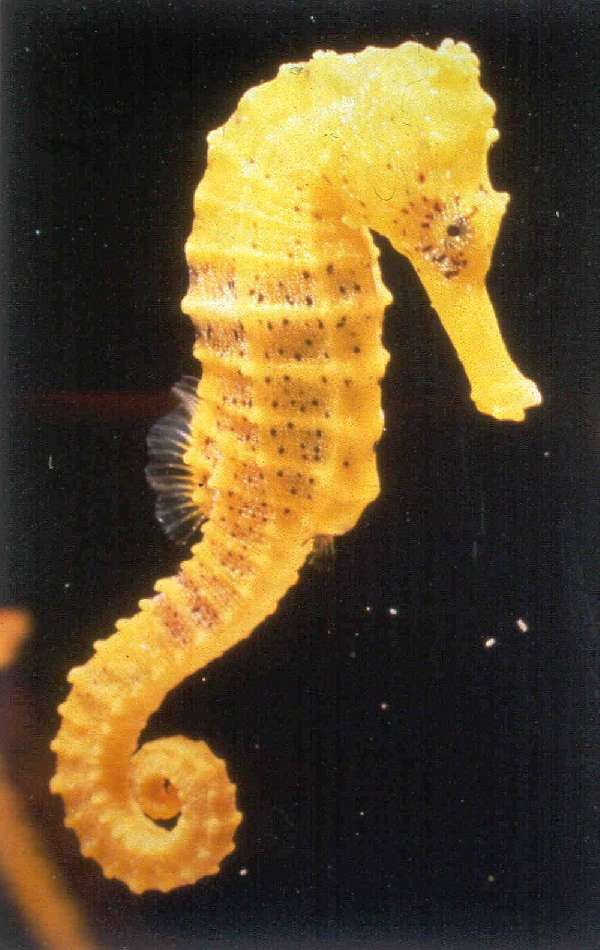Male Sea Horses Mate Bigger Females  Sea Horse |
A new study on sea horses has proved that male sea horses prefer bigger females for mating and for bigger offspring. This finding is consistent with predictions on the importance of female body size for reproduction in this species.
Sea horses have a unique mode of reproduction: male pregnancy. Male seahorses provide all post-fertilization parental care.
Yet despite the high levels of paternal investment, they have long been thought to have conventional sex roles, with females choosing mating partners and males competing for their attention.
But, clutch, egg and offspring size all increase with female body size in seahorses, suggesting that males may obtain fecundity benefits by mating with large-bodied females.
Beat Mattle and Tony Wilson from the Zoological Museum at the University of Zurich, Switzerland, probed the mating behaviour of the pot-bellied sea-horse, concentrating on the importance of partner body size in mate selection.
Ten female and 16 male sexually mature seahorses, obtained from a captive breeding facility in Tasmania, took part in the experiment.
Individuals of both sexes were presented with potential mating partners of different sizes. Mating preferences were quantified in terms of time spent courting each potential partner.
Mattle and Wilson found striking differences in courtship behaviour between male and female sea-horses, with choosy males and indiscriminate females, said a University of Zurich release.
Male sea-horses were highly active and showed a clear preference for larger partners. In contrast, females were significantly less active and showed ambiguous mating preferences.
The authors concluded: "The strong male preferences for large females demonstrated here suggest that sexual selection may act strongly on female body size in wild populations of H. abdominalis, consistent with predictions on the importance of female body size for reproductive output in this species."
Their findings were published online in the journal Behavioural Ecology and Socio-biology.
Their findings were published online in the journal Behavioural Ecology and Socio-biology.






